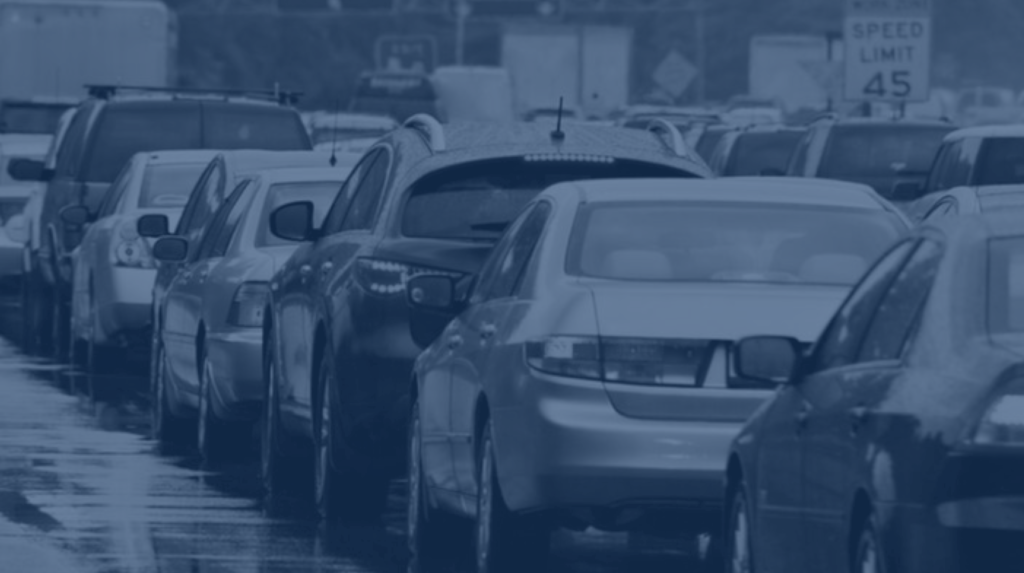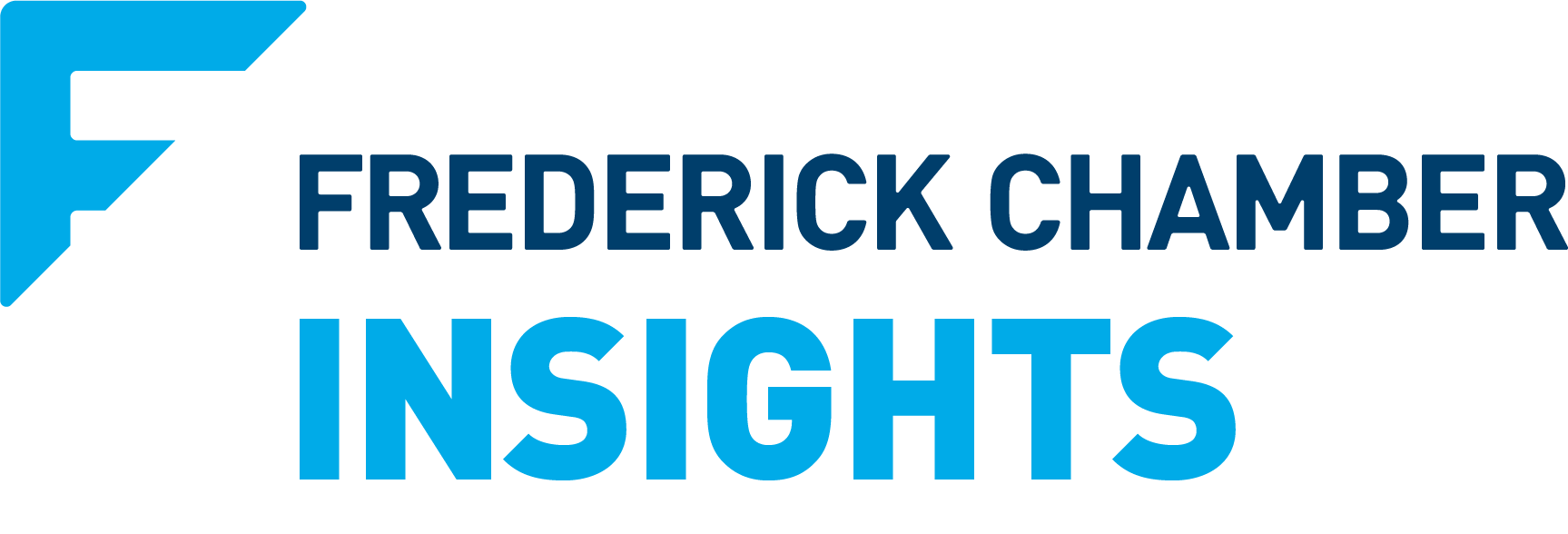The holidays are normally a time for peaceful reflection and joyous celebration for the blessings we enjoy. This year, state politics plays the Grinch for our commuter neighbors and business owners that depend on 50+ miles of asphalt to get to and from work as we face even more delay on a project we desperately need.
After a multi-year process of discussion, design and strategy, the proposal floated by Governor Larry Hogan to bring in a private sector partner to advance the expansion and enhancement of I-270 has once again been pushed back for the lack of a second vote from the three-member Board of Public Works.
That entity, known colloquially as the BPW, is comprised of the Governor, the State Treasurer, and the Comptroller of Maryland. Both the Governor and Comptroller are elected by the people of Maryland. The State Treasurer, Nancy Kopp, is elected by the members of the House of Delegates. She therefore represents the will of the majority of the House. Comptroller Peter Franchot has found some common ground with current Governor Hogan, despite the fact that they belong to the opposite parties.
But roads, highways and bridges shouldn’t necessarily be partisan issues. A Democrat who sits in five (5) hours of daily traffic gets just as frustrated as a Republican.
For four decades, I-270 commuters have been promised solutions to the morning and evening rush (HA!) hour(s) when that interstate doubles as a parking lot. The (literal) billions needed to add capacity to this road haven’t ever been on any government’s radar, not local, state or federal. Therefore, any promises made have been as empty as the lone sock in the back of your drawer.
Gov. Hogan has proposed a unique public/private partnership (P3) to finance the improvements. He suggested the state would hire a private road builder to design/construct additional lanes on 495 and 270 as “managed toll lanes”. Anyone desiring a guaranteed faster commute would pay extra to use this new capacity, by means of an EZPass device. The logic is that not everyone would want to pay more, but SOME would. Those drivers, the ones who pay the higher price, would also ease congestion in the existing lanes, making everyone’s commute a little faster. The cost of the added capacity would be repaid to the developer by allowing them to collect the toll revenue over a period of years. This is the approach Virginia used successfully on their portion of the Beltway, and traffic delays have been reduced for both toll users and users of the free lanes.

In June of 2019, the P3 came before the BPW for an initial vote. Several elected officials in Montgomery County came out in opposition to the project, citing environmental concerns. The Frederick County Chamber of Commerce actively advocated for approval, citing the impact to our business community and all of those long-forgotten commuters.
In a surprising outcome, the Governor and Comptroller accepted the Montgomery County elected officials requests, and pushed back the portion of the 270 project, while actually accelerating the Frederick County portion (Clarksburg to I-70). The 495 section in Montgomery County generated so much controversy that it was deferred and the P3 received its initial approval on a 2-1 vote.
The next surprise was a fall 2019 discussion between Virginia’s new Governor, Ralph Northam and Governor Hogan. In their discussion, the Democrat from Virginia and the Republican from Maryland struck a historic deal to address the traffic issues at the American Legion Bridge spanning the Potomac River.
This agreement required the P3 project to be revised AGAIN, this time re-inserting the Maryland portion of the 495 Beltway. This change requires the whole project to once again face a BPW vote. Now, with controversial changes to the right-of-way acquisition rules for property along the existing roadway, Comptroller Franchot has asked for yet another voting delay. If there’s any good news here, it’s that the Comptroller has also been a proponent of a short-term solution for I-270. His concerns relate more specifically to the planned improvements to 495 in Montgomery County.
So in less than one year, we’ve gone from a celebration of the potential, for the first time in decades, for major changes to the carrying capacity of 1-270 to more excuses, more delay, no improvements and no forward progress.
Balancing added lane capacity, improved MARC service predictability, high-occupancy vehicular traffic expansion and even a study of a passenger monorail is the right answer for the I-270 corridor.
Let’s hope the New Year brings with it real solutions to the daily traffic nightmare we face.
Rick Weldon
President/CEO
Frederick County Chamber of Commerce
(301) 662-4164
Frederick Chamber Insights is a news outlet of the Frederick County Chamber of Commerce. For more information about membership, programs and initiatives, please visit our website.

